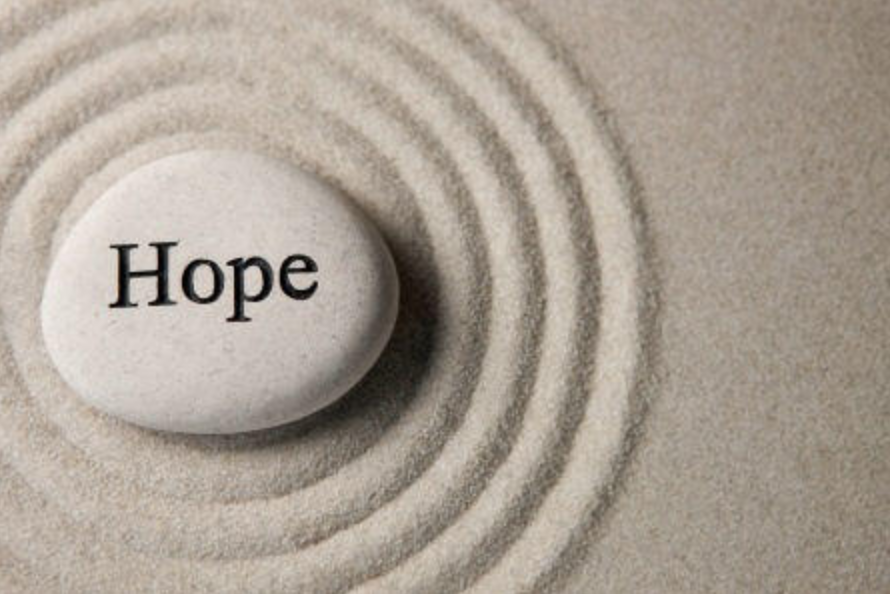
It’s been an interesting week. On Tuesday afternoon I attended an event entitled, “Reading Rising” The program utilized a TED-talk format that encouraged a number of local artists, entrepreneurs and educators to share their stories of the positive, economic, and community momentum rising up in the heart of the City of Reading. Following the event, I had the opportunity to talk with Kyle, a young professional who recently moved into the City. Following the program he was truly excited. He shared that he too was optimistic. He sees the opportunities ahead and is hopeful that the positive momentum currently so evident will continue into the future. Kyle has hope!
The concept of hope is identified as an important characteristic of leadership. While a bit dated, Kathy Caprino’s Forbes interview with Sony, Universal and Turner Broadcating’s former Head of Communications/PR, Libby Gill, provides a wonderful insight into the important role hope plays as a characteristic of effective leadership. The interview recounts Gill’s experience as a senior executive in the entertainment field and how she grew to understand that, “If you can’t instill hope, you will fail miserably as a leader!” She shares that hope plays such a pivotal role in our lives that some scientists have begun to define it through was is now known as “Hope Theory”. Research in this field reveals that hopeful people are more likely than the non-hopeful to:
• Set a great number of goals
• Have goals which may be more difficult to attain
• Be more successful at reading their goals
• Have less distress and greater happiness
Gill states her research thus far into this field has revealed some disconcerting findings. Specifically that while most professionals see hope as an essential element of leadership, only some feel that they intentionally feed hope at their workplaces, and even fewer believe that their organizations inspire hopefulness among their employees. So what can leaders do? Gill proposes that hope-driven cultures are led by those who:
• Find opportunities to feed hope rather than starve it.– Be open, transparent, take suggestions, grant ownership and authority.
• Encourage original mistake – By fostering risk-taking and even failure you foster innovation
• Recognize the difference between true and false hope – Set realistic standards, measure outcome rather than micromanaging process. Focus on what you can control.
• Are tough on outcomes and tender-hearted toward their team – Hold your team accountable to high standards and measure on results but still treat with trust, respect and kindness.
The interviewer concludes by asking, “What can individuals do to lead more hope-filled and satisfying lives? Gill responds, “There is no one way to find satisfaction in life any more than there is one thing about which to feel hopeful. It’s the sum total of small steps and daily decisions that add up to a fulfilling work-life journey. So here’s my question, do your daily interactions with family friends, colleagues and those whom you may employ serve to foster hope and add to the sum total or detract from it? It would seem to me the choice is obvious!
In a previous post I asked you to consider your level of happiness at work. Annie McKee a best-selling author and Fortune 50 consultant considers the role of hope as a factor in workplace satisfaction and happiness. Her recent post entitled, “How to be Happy at Work: The Power of Hope” begins with a statement we all know to be true, “Life really is too short to be unhappy at work!” The reality however is that many are stressed and exhausted. McKee suggests that we change all of that by redirecting ourselves to a hopeful, inspiring vision of our future. “Hope is the starting point for creating a future that is better than today…..the hope that tomorrow morning will be better than today is what helps get us up every morning, put one foot in front of the other and carry on.” The balance of the post considers not only the psychological, but physiological impact of impact of hope.
I’m finishing this post as we babysit the grandchildren. Luke is napping and Grace is working with Grammy preparing Thanksgiving gifts for Mom, Dad, and baby Scarlett. Even with all the positives that occurred last week, this weekend I have discovered even more reasons for hope in their bright eyes, smiles, laughter, and comments (Grace in response to things I want from Santa, “Grampy, I don’t think Santa can bring you hair for Christmas). Next week, as we celebrate Thanksgiving, I will give thanks for not only the many blessings in my life, but for those in my life who inspire and serve as constant beacons of hope.
Have a Happy Thanksgiving and Embrace Hope!
